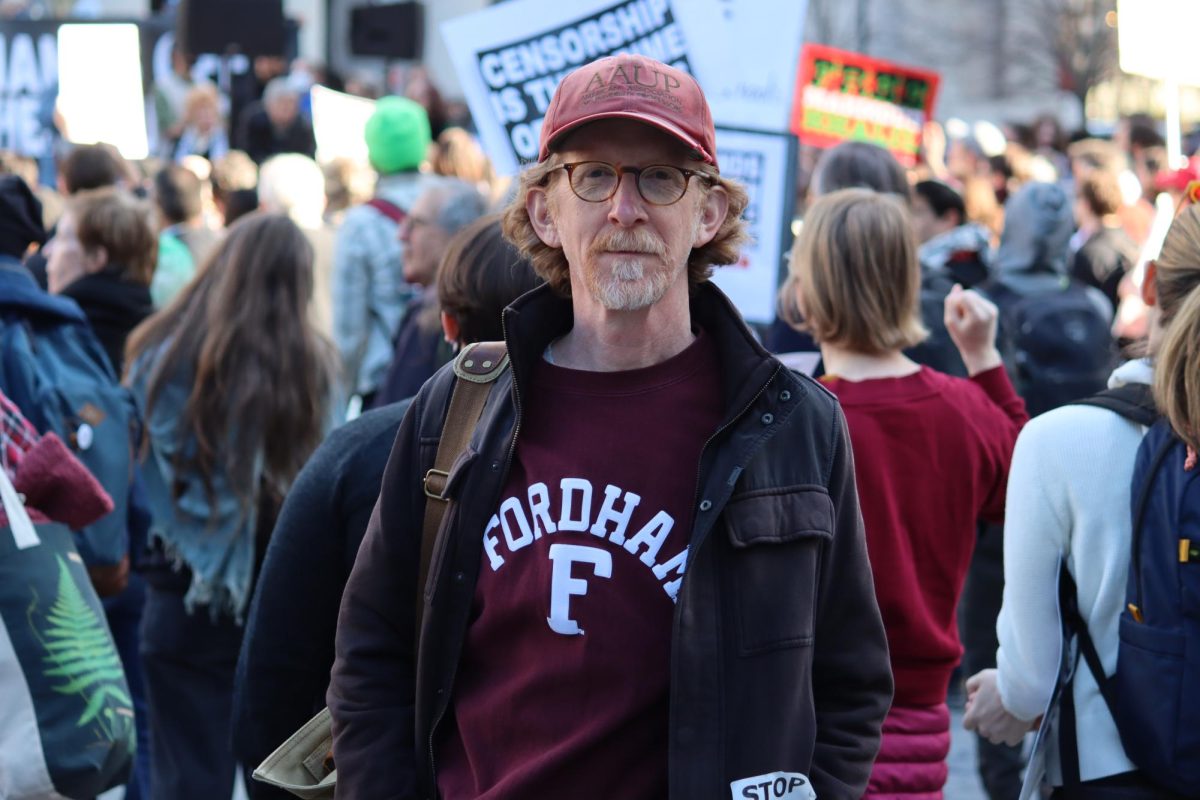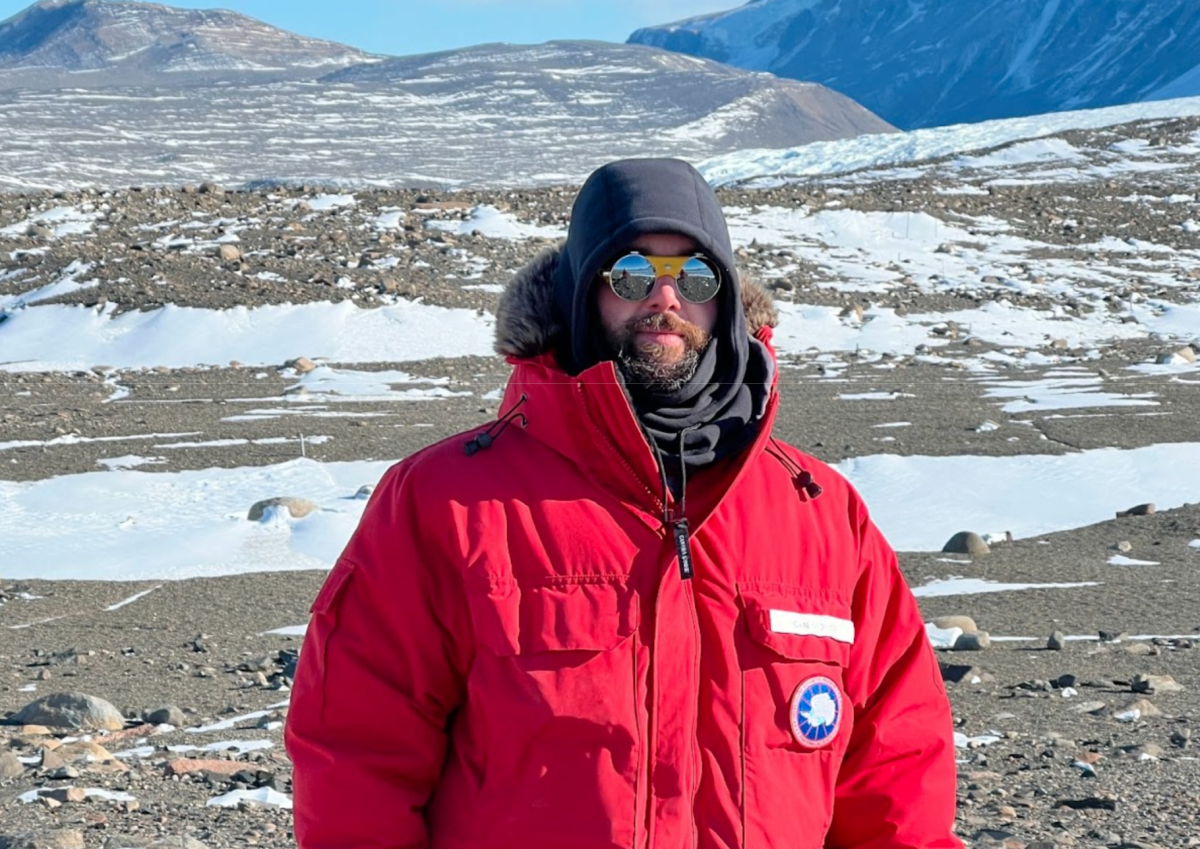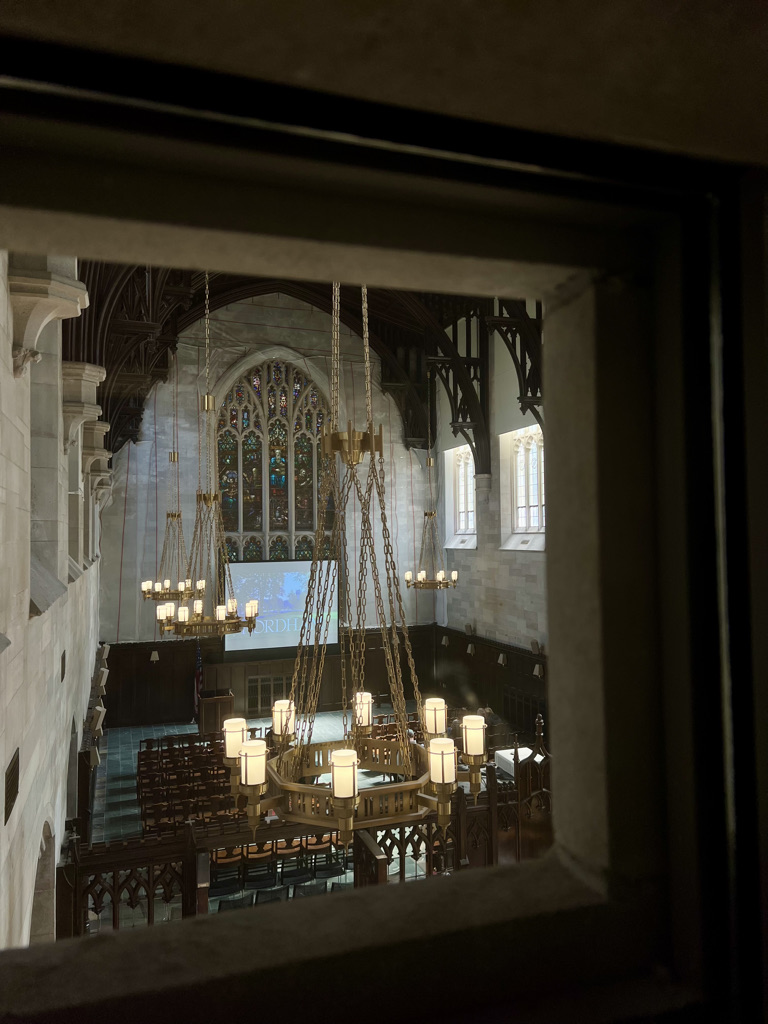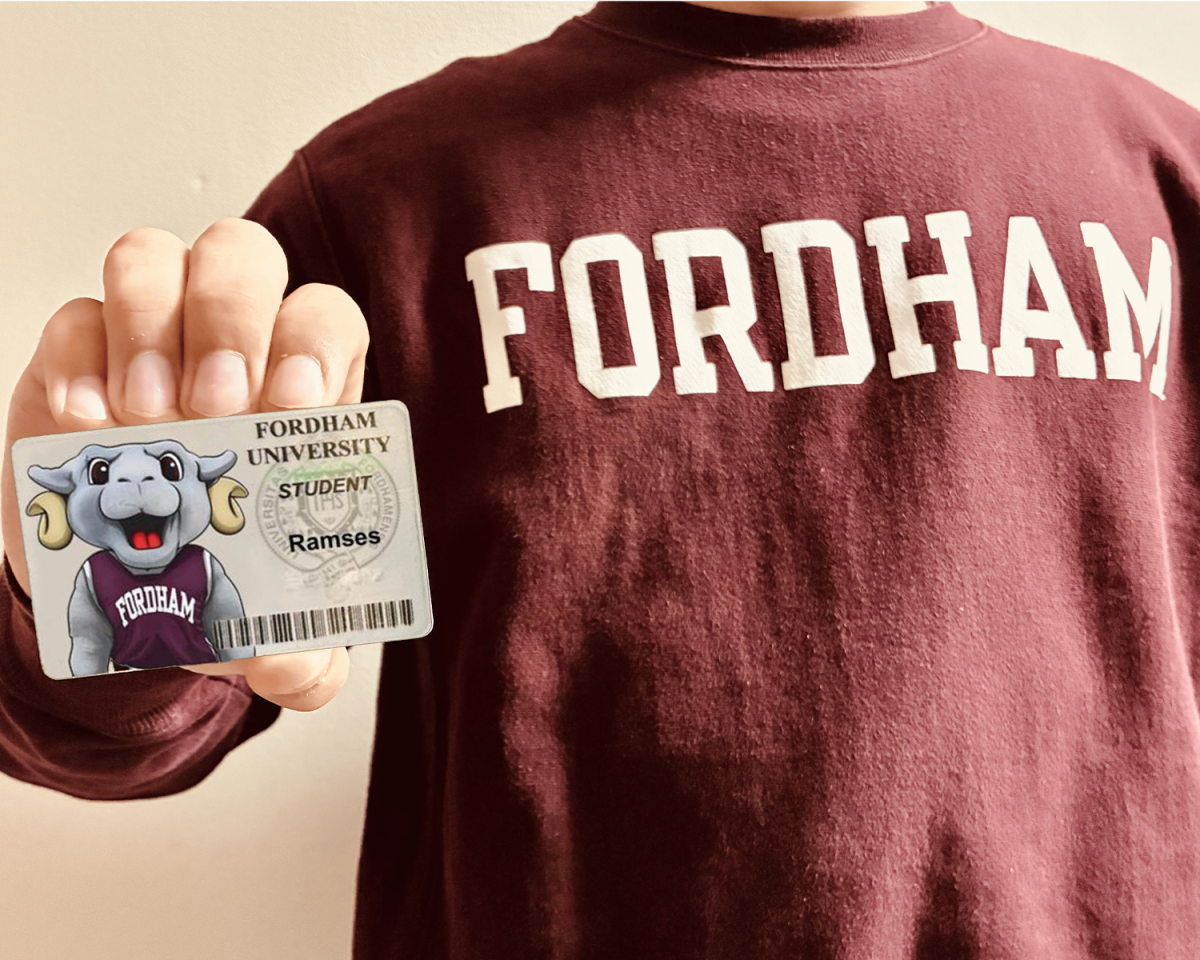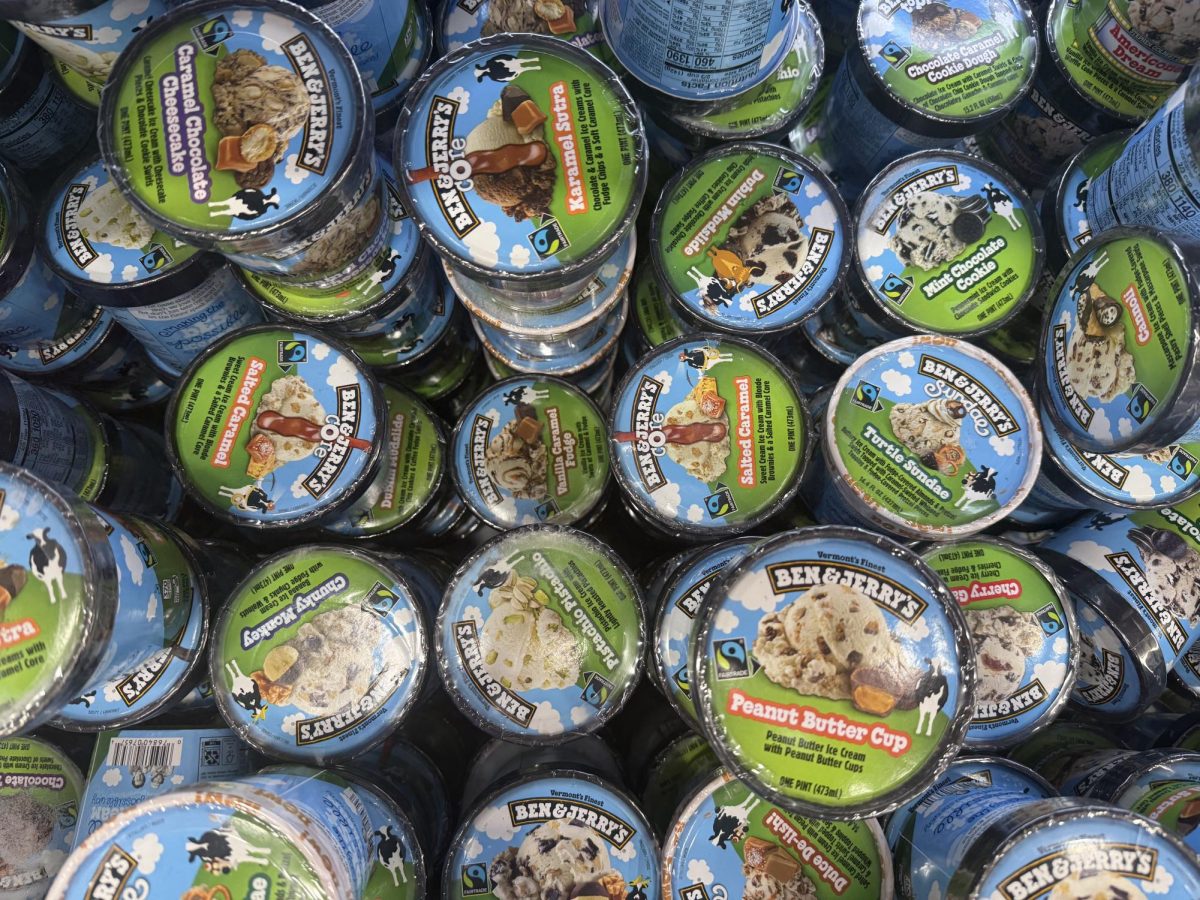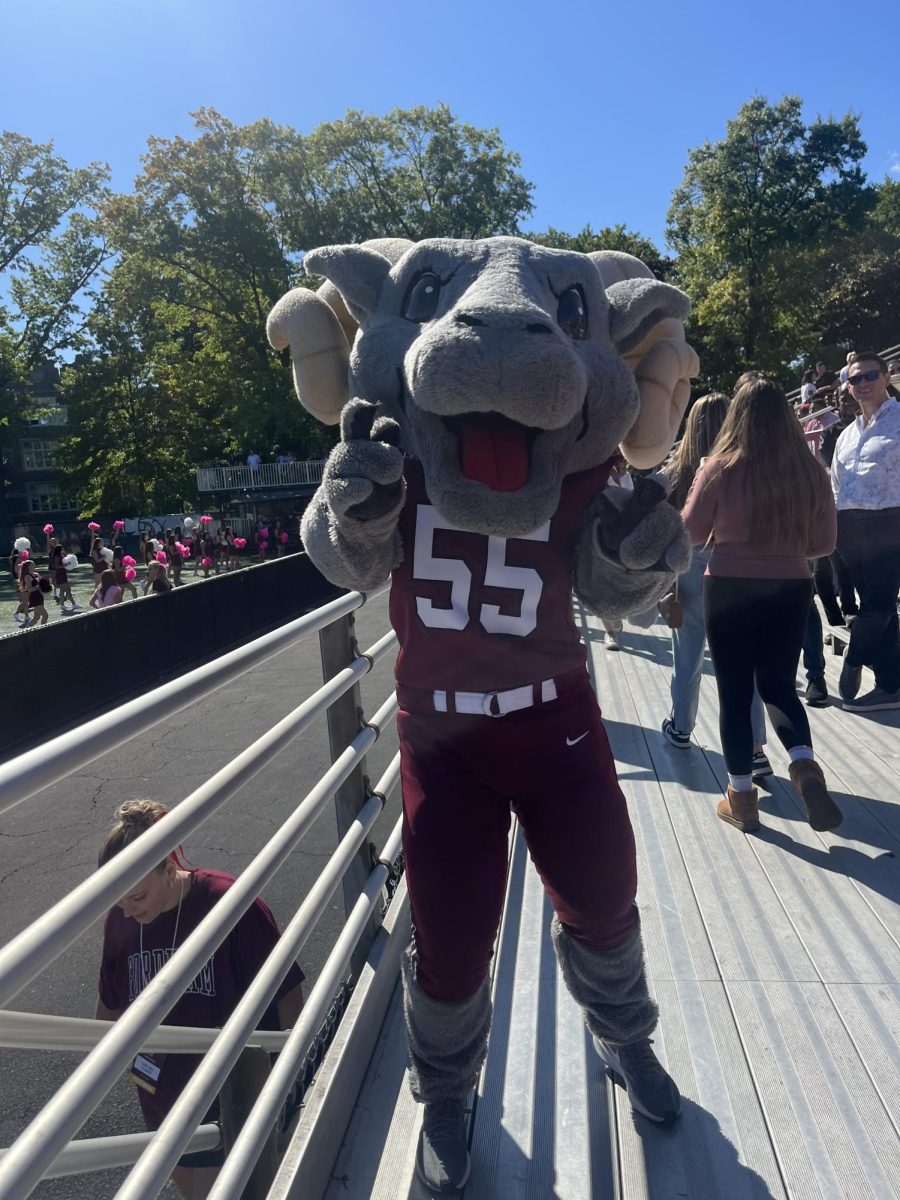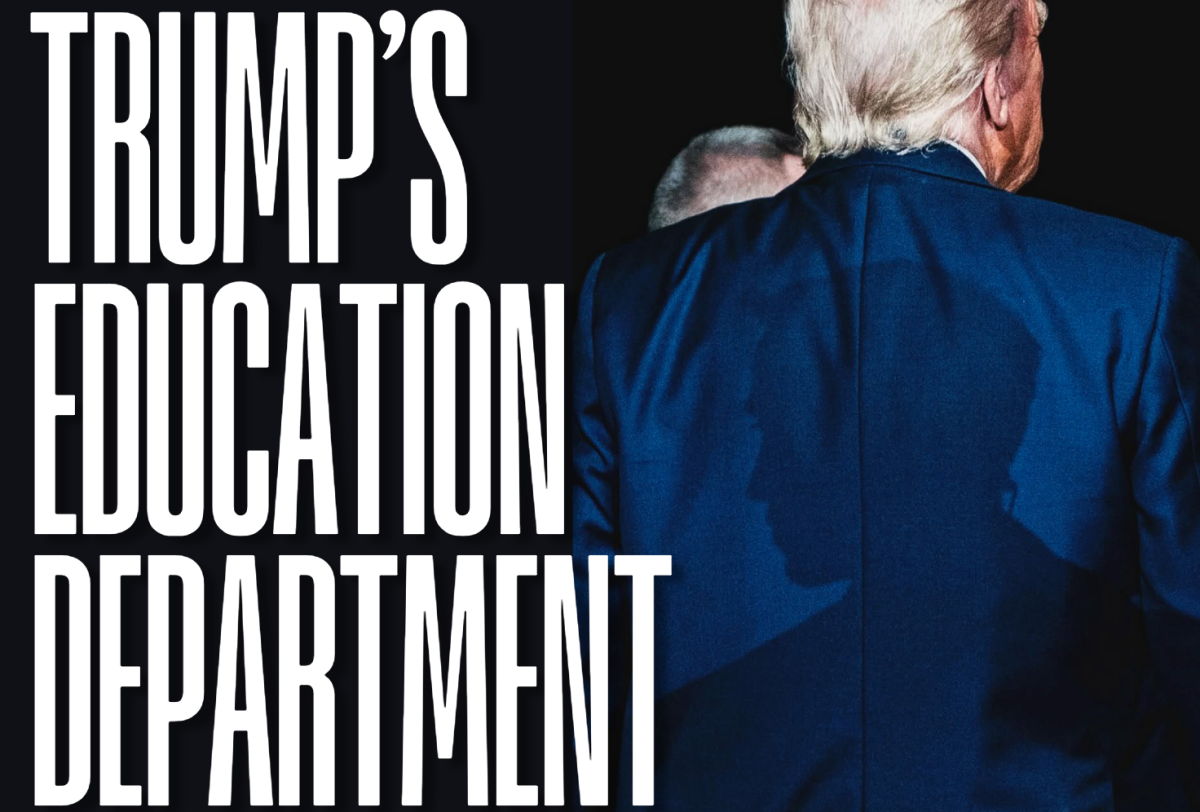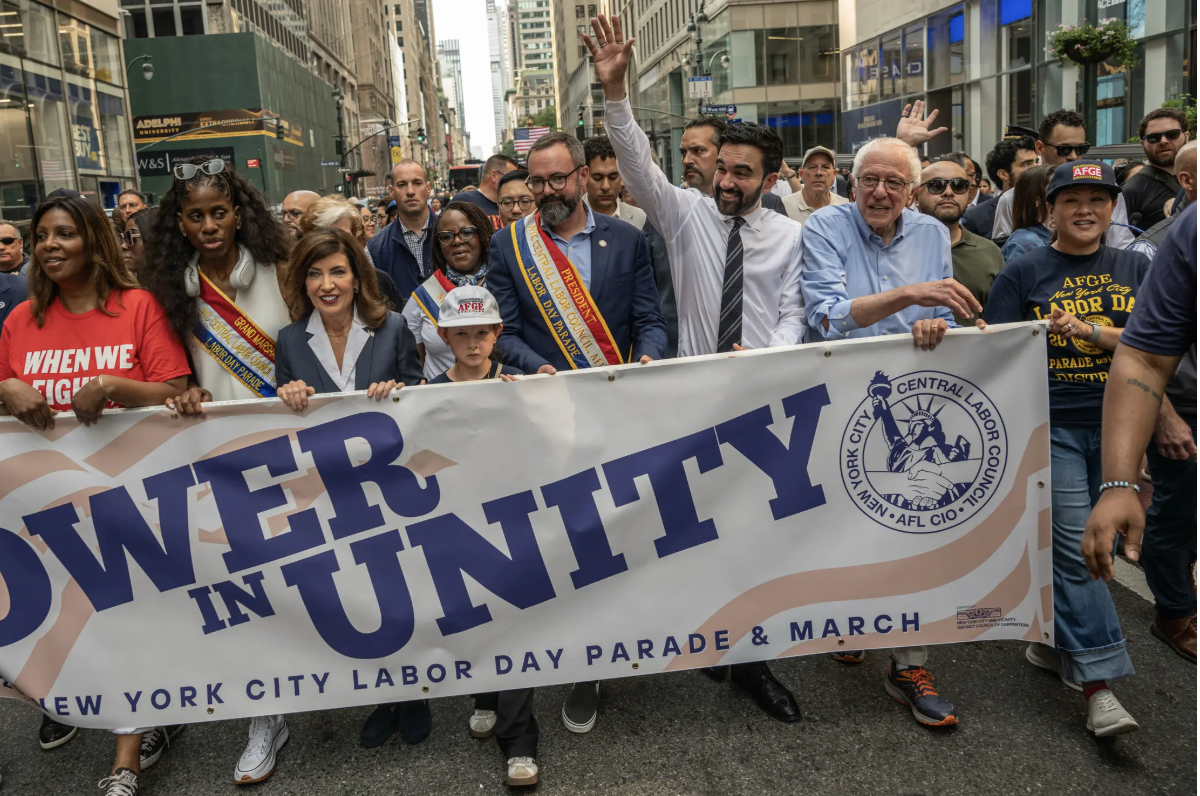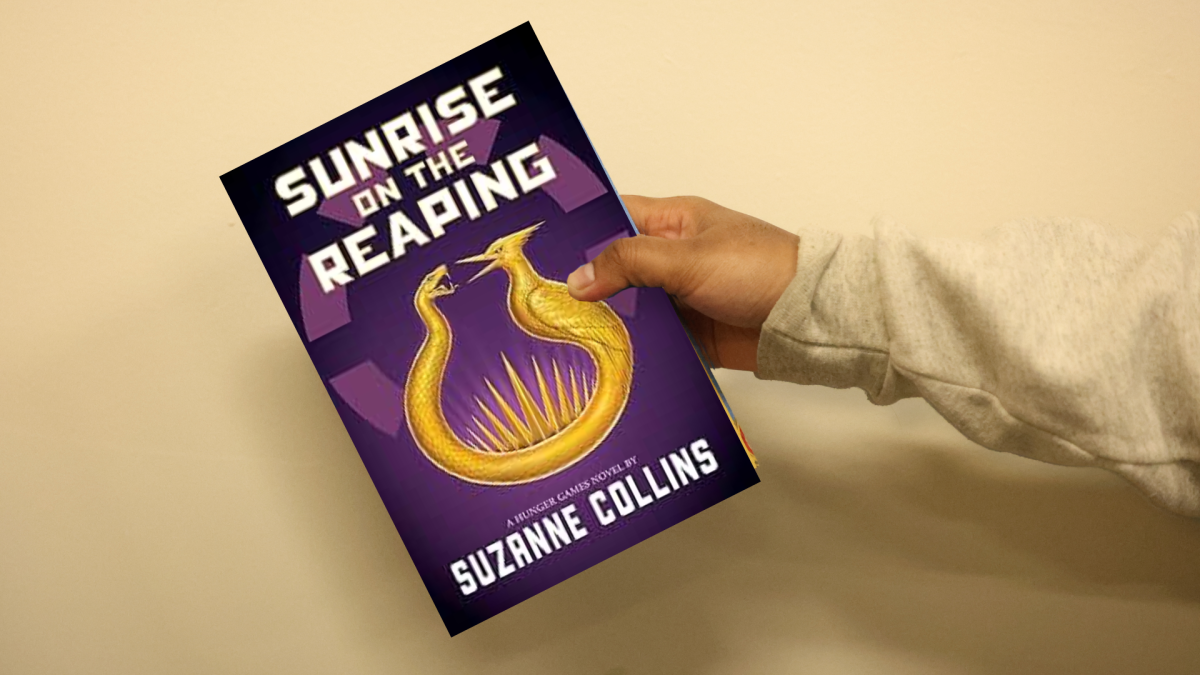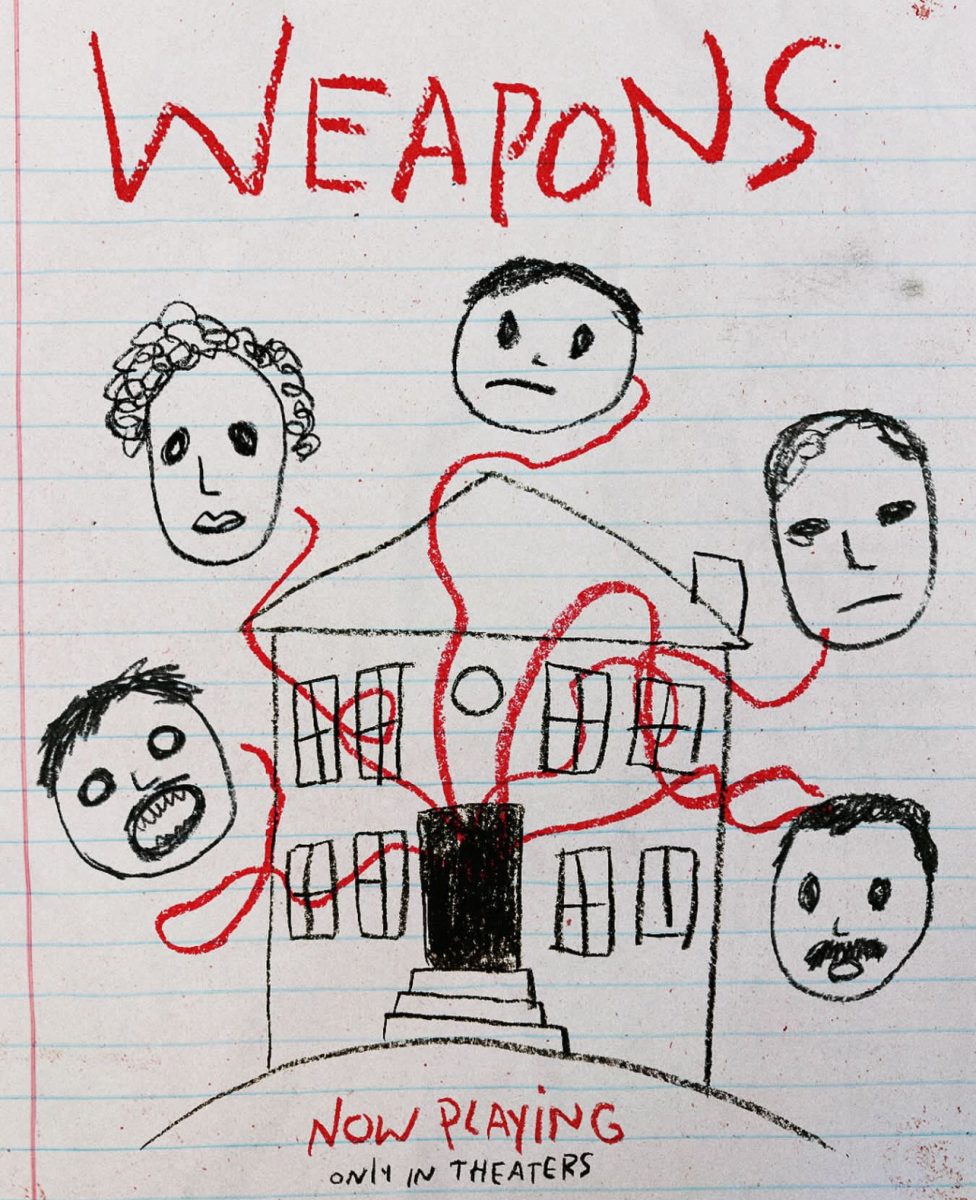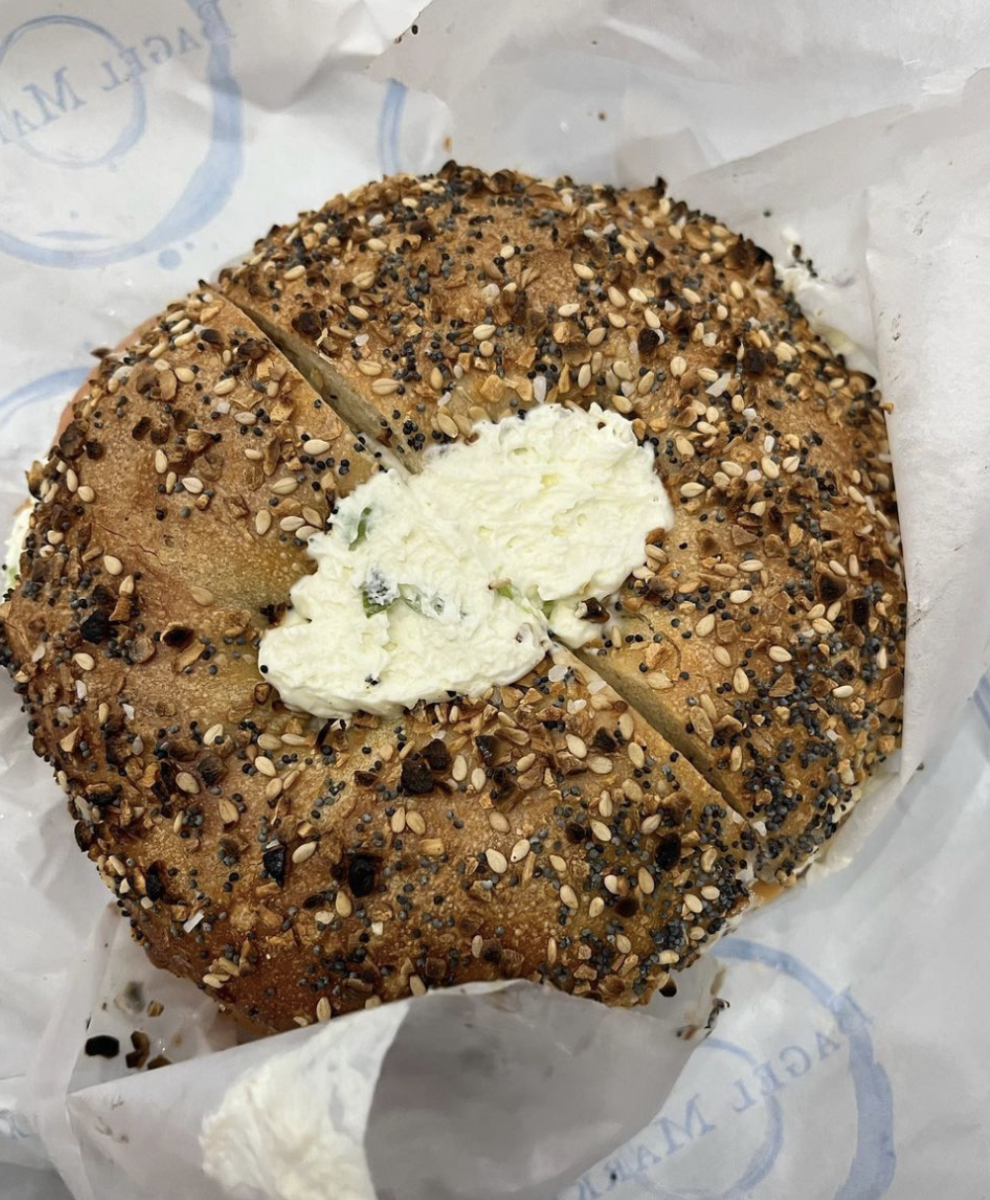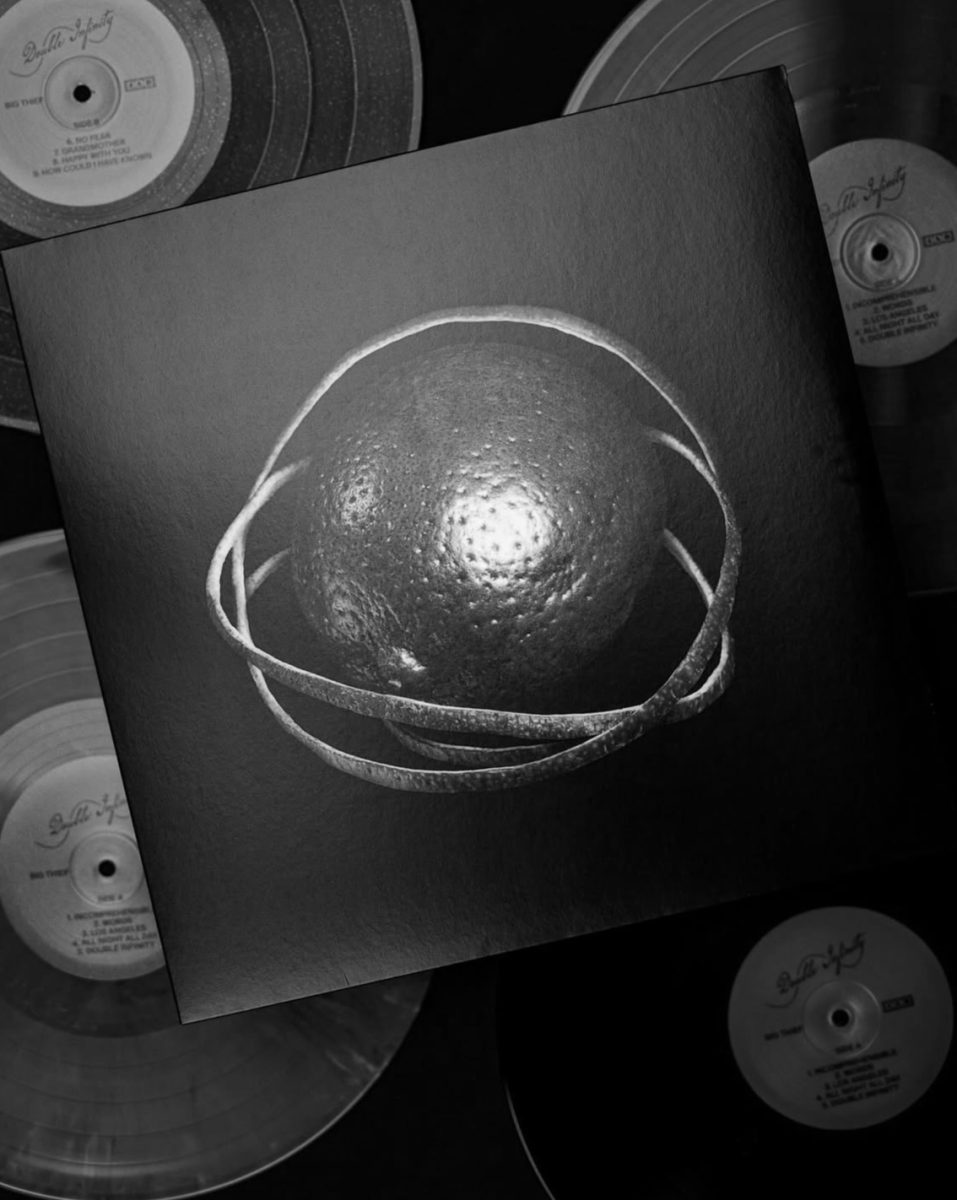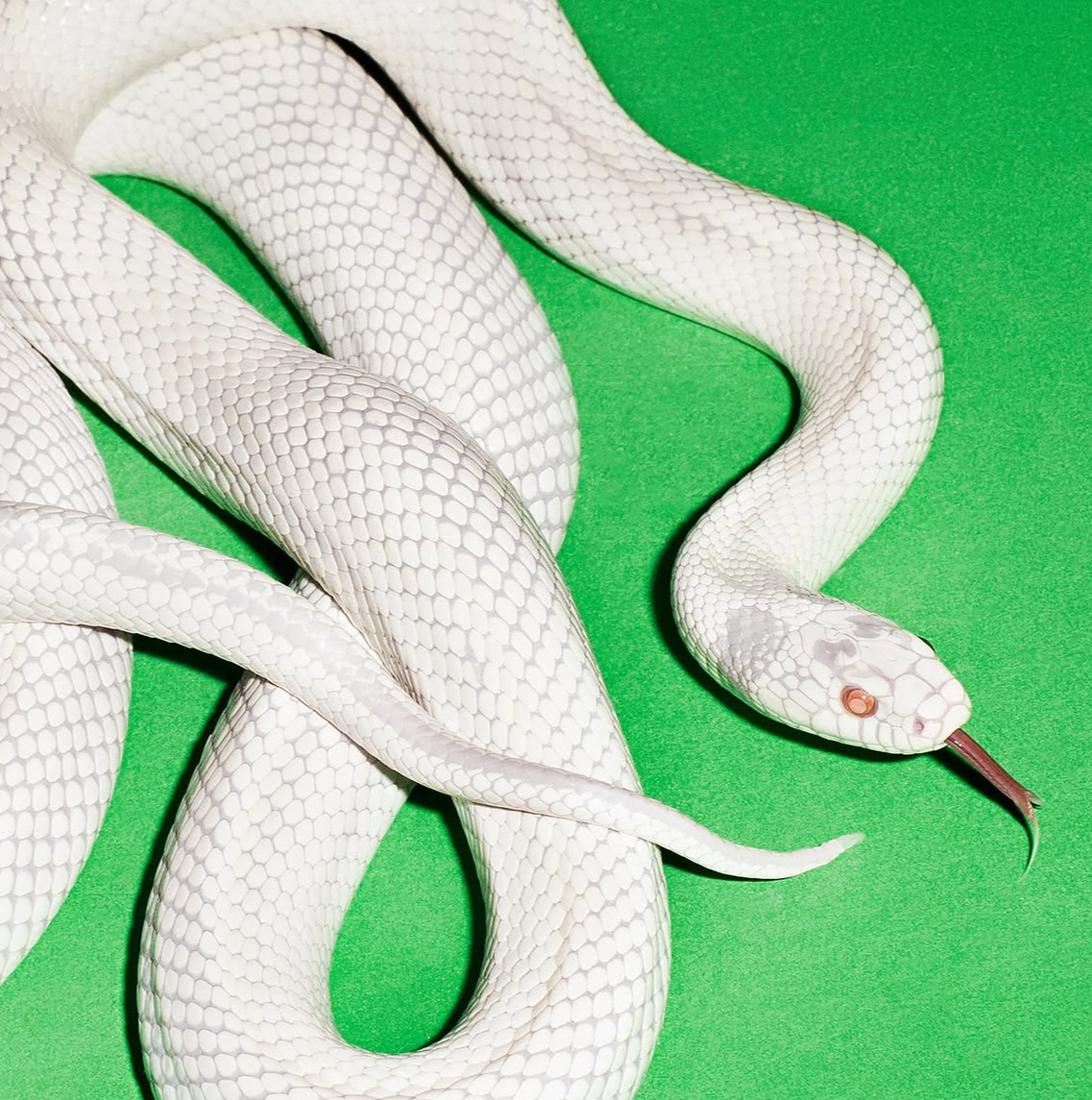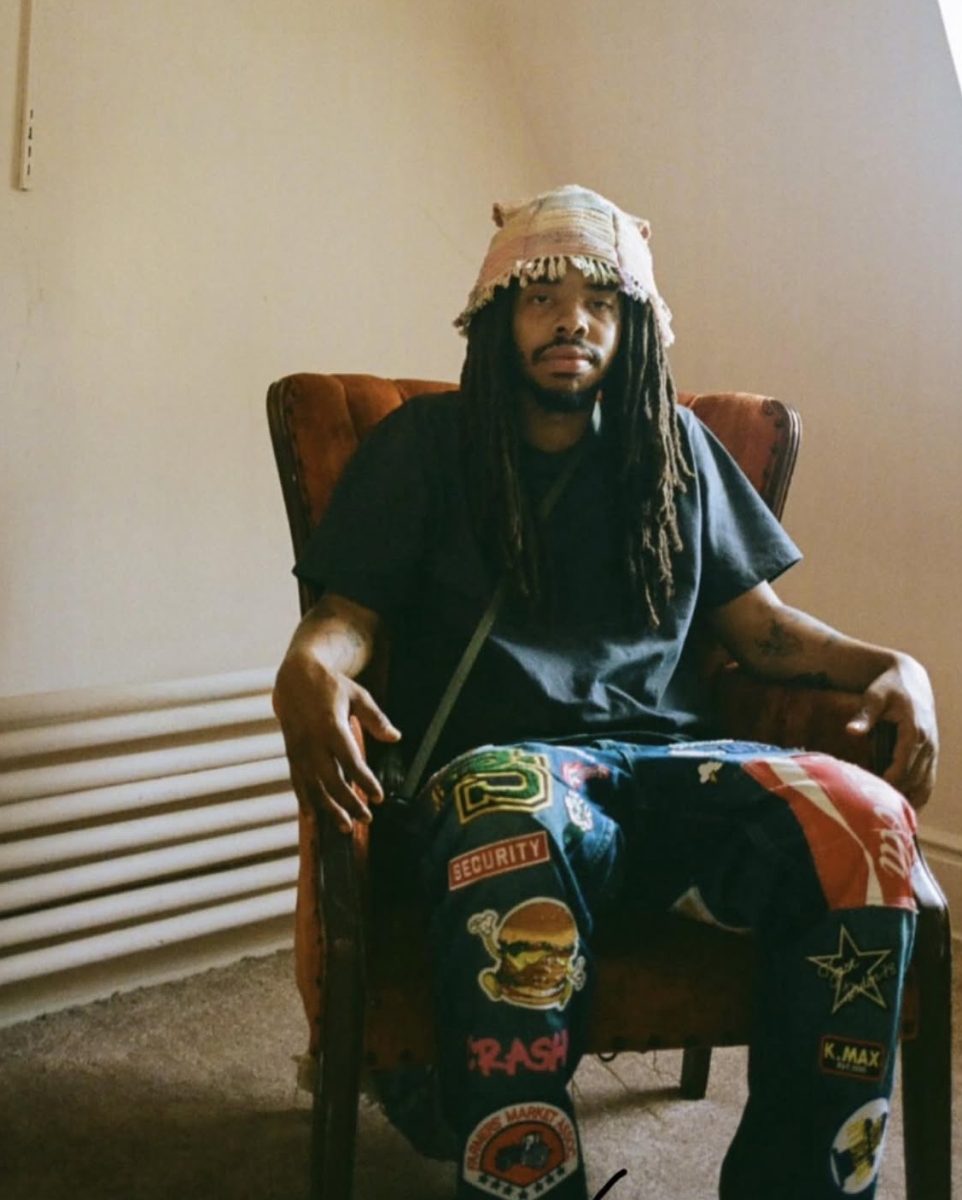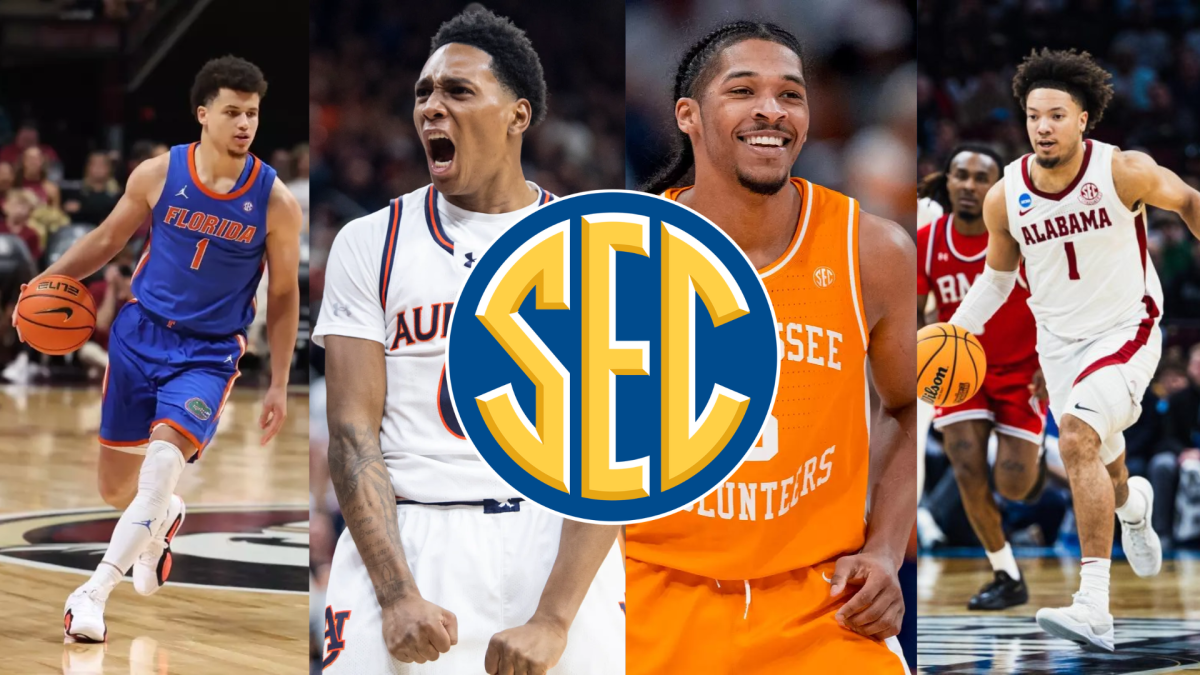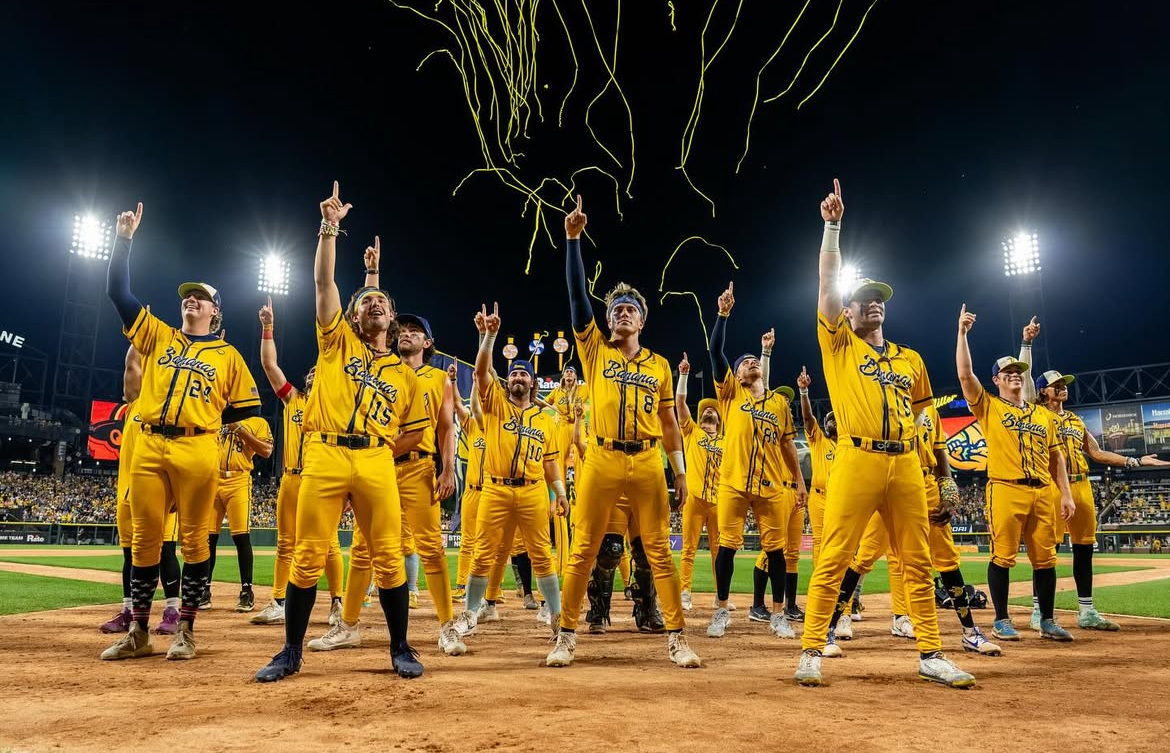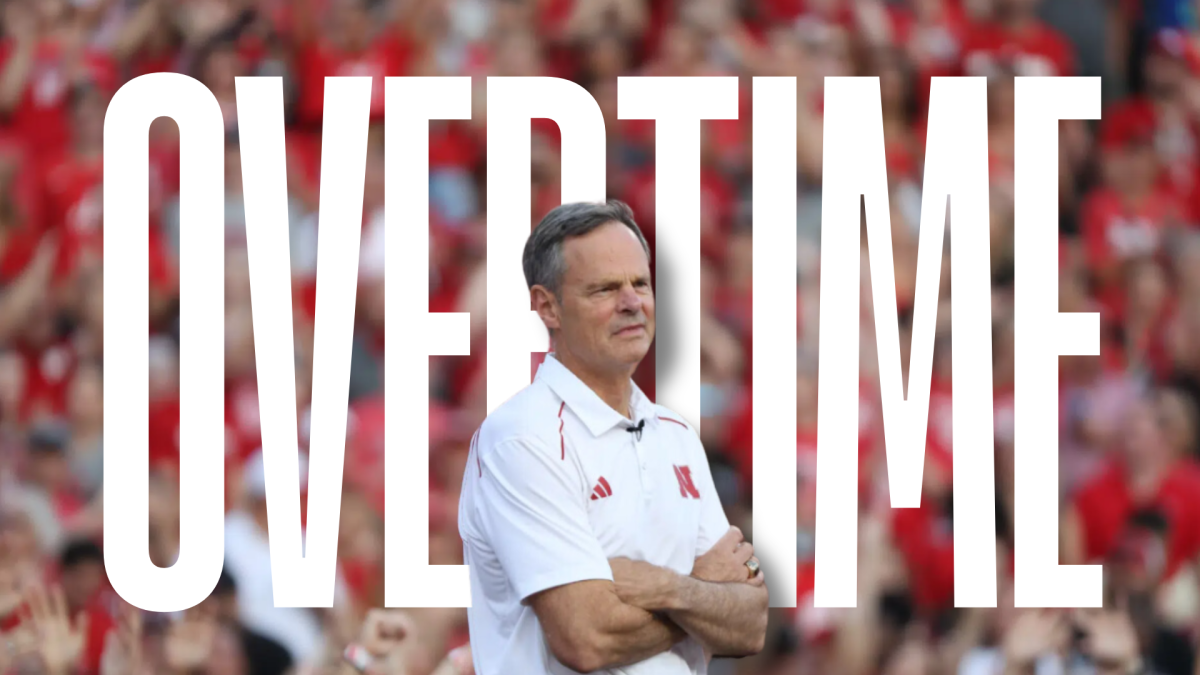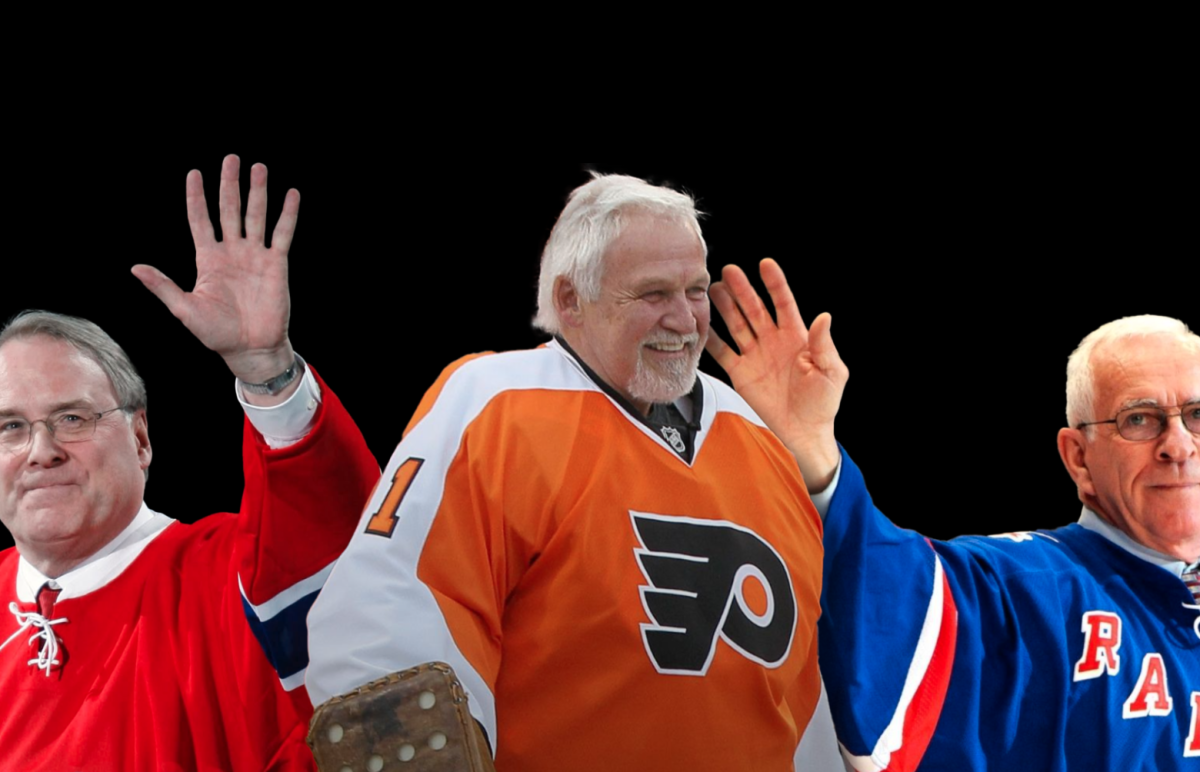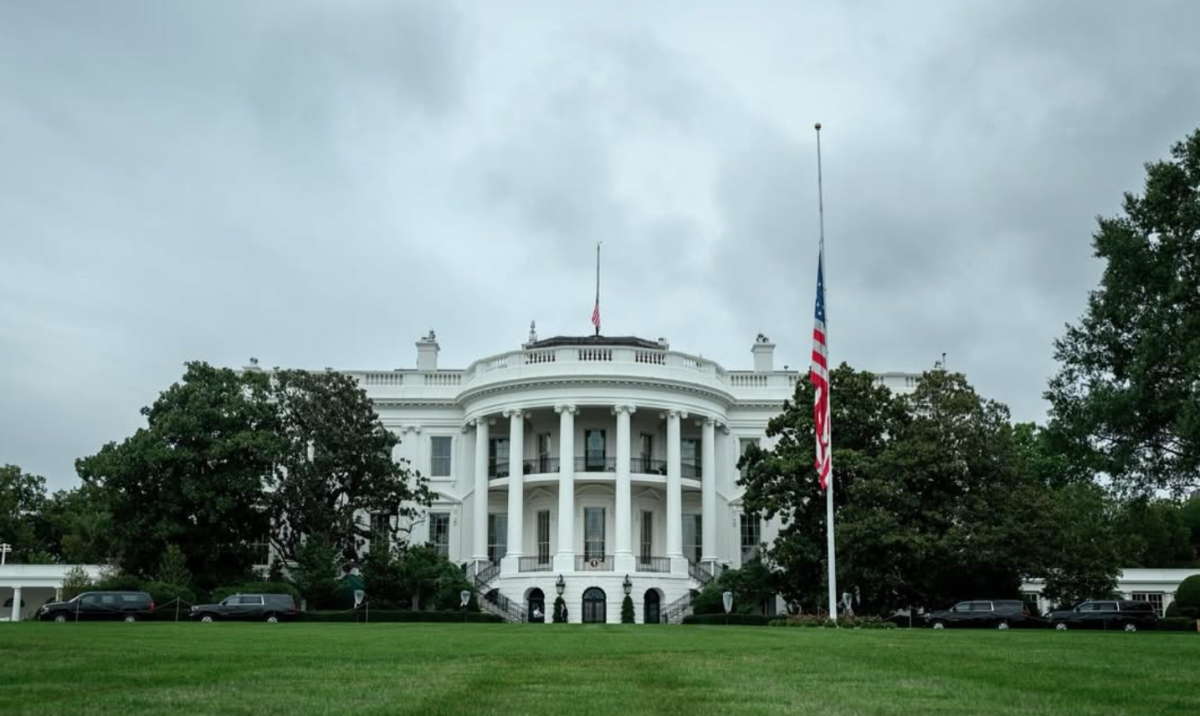By The Fordham Ram Sports Staff

Every year, members of the Baseball Writers’ Association of America pay their respects to the legends of the game by voting them into the National Baseball Hall of Fame. This year, The Fordham Ram’s sports staff got in on the fun and submitted mock ballots. Check out our picks, and be sure to keep an eye out for the announcement of the inductees in January.
Sam Belden
Jeff Bagwell, Barry Bonds, Roger Clemens, Vladimir Guerrero, Edgar Martinez, Mike Mussina, Tim Raines, Ivan Rodriguez, Curt Schilling, Gary Sheffield
For the first time in a few years, I didn’t need to make any concessions when filling out my mock ballot. As I see it, there are 10 qualified players up for induction this year, and those are the 10 I’ve listed.
While I’m sure the topic will be covered elsewhere in this feature, let me first say that Tim Raines is unquestionably my top choice. This is his last chance to get in via the BBWAA, and to relegate his case to the Veterans Committee would be an injustice. He was the best percentage base stealer of all time and would be in the 3,000 hits club if he hadn’t walked so much — this should not be detrimental to his case. He deserves induction, and perhaps a formal apology from the baseball community for all the years he was kept waiting.
Clemens and Bonds are also high on my list. Anti-PED purists will decry this view, but the fact is that both owned Hall of Fame-worthy careers before they even touched a needle. At the end of the day, they committed their transgressions back in the MLB’s “Wild West” era, when non-prescribed steroids were illegal but not against the rules of the game.
The same can’t be said for Manny Ramirez, who’s conspicuously absent from my ballot. The leftfielder was slapped with two banned substance suspensions in his career, one in 2009 and one in 2011.
Sheffield is also an admitted steroid user, but he was never suspended for it. What’s more, I believe he’s been poorly served by the sabermetric community, which sometimes puts too much weight on unreliable defensive stats. Had Sheffield been a career American Leaguer, he’d be in already, and that’s not fair.
The others are also deserving, but I don’t have the space to justify them all here. In a perfect world, every one of these icons would be enshrined in bronze.
Jack McLoone
Jeff Bagwell, Barry Bonds, Roger Clemens, Trevor Hoffman, Edgar Martinez, Mike Mussina, Tim Raines, Ivan Rodriguez, Gary Sheffield, Billy Wagner
Tim Raines is probably going to be inducted this year, and rightfully so. He’s been defended through statistics by plenty of writers more talented than I, so I will go this route: if he isn’t elected, I will fight every voter who didn’t put him on their ballots.
Edgar Martinez was a god at the DH position, so much so that the MLB named the DH of the Year award after him. After becoming a full-time player in 1990, his OBP dipped below .400 just four times, and in his age 32-38 seasons he never slugged below .543 and his OPS dipped below 1.00 just twice.
Barry Bonds and Roger Clemens did not use steroids when they were banned. Neither did Gary Sheffield, who is held back by disastrous defensive play (his -195 is second-worst only to defensive master of smoke and mirrors Derek Jeter) but whose offensive numbers (1,475 walks and 509 home runs) deserve enshrinement, even if just for the bat wag.
Despite his counting stats falling short thanks to a shoulder injury, Jeff Bagwell’s peak years rival those of Lou Gehrig. He’s somehow held back by suspicions of PED use, even though he flat out admitted to it in 1998, well before any kind of regulation.
Ivan Rodriguez was a 13-time Gold Glove winner and his 311 home runs are second all-time for catchers.
Mike Mussina’s candidacy is really only held back by the fact that he didn’t reach 300 wins, but pitcher wins are dumb and 270 is plenty.
Billy Wagner, king of the reliever rate stats, and Trevor Hoffman, king of the kind of garbage save statistic until Mariano Rivera came along, need to go in together. They are two sides of the reliever coin of their era: burning bright at 100 miles per hour, or lasting long enough to collect over 600 saves.
Pat Costello
Jeff Bagwell, Trevor Hoffman
I follow a certain set of rules when looking at the Hall of Fame, particularly in the post-steroid era. I don’t support anyone who used steroids. I also don’t look at the hyper-metrics because they are nonsense stats that have only been made up in the last five years. That being said, here is who I would like to see get in.
Bagwell was a mainstay of the “Killer B’s” teams in Houston. He hit 449 bombs in his career with a .297 average and won both the 1994 MVP and the 1991 Rookie of the Year. He did all of this while playing in an era where so many players put up these numbers using steroids. Last year he received 71.6 percent of the vote, which makes him almost a guaranteed entrant on his seventh ballot.
When Hoffman retired he was the all-time leader in saves with 601, and he still holds the NL record. He saved 40 games in nine seasons, four of which came in a row. He received 67.3 percent of the vote and is a shoe-in to get in this year.
I don’t understand the fascination with Tim Raines. He was an above average lead-off hitter, but certainly not a Hall of Famer. While 2,605 hits is fantastic and he adds 808 stolen bases, good enough for fifth all-time, he simply didn’t do enough to merit Hall of Fame status. Mr. John McLoone will probably throw a bunch of stats at you comparing him to Lou Brock, but Brock was a transcendent player who broke the stolen bases record with 938 and held it until Rickey Henderson came along. He also had 3,023 hits. Tim Raines is certainly no Lou Brock.
Andrea Garcia
Jeff Bagwell, Barry Bonds, Roger Clemens, Vladimir Guerrero, Edgar Martinez, Mike Mussina, Tim Raines, Manny Ramirez, Ivan Rodriguez
It’s time for Tim Raines to be inducted. More importantly, it’s the last time he can be inducted. Out of seven league players with more than 600 extra-base hits and 700 stolen bases, he’s the only one not in the Hall of Fame.
Another one whose induction should be in the bag? Jeff Bagwell. He fell only five percent short of breaking through on last year’s ballot, but he still stands out with his .297 batting average and .540 slugging percentage over 15 seasons with the Astros. The only strike against him, his alleged drug use, is up for debate, but his hard-hitting numbers outweigh the ongoing controversy.
Even putting the pinstripe pride aside, Jorge Posada has to have the most empathy-evoking case of all the first-time contenders on the ballot. From his first major league appearance in the ’95 Division Series through the Yankees’ four most recent World Series championships and his heartfelt retirement speech, Posada remained one of the most consistent offensive catchers in the league. He’s second to 2016 inductee Mike Piazza in wOBA, runs created and home runs and third to Piazza and fellow 2017 contender Rodriguez in WAR. While his respectability and performance put him in the same category as recent Hall of Famers, the competition in this class might just be enough to keep him off the ballot for good.
Matthew Michaels
Jeff Bagwell, Barry Bonds, Roger Clemens, Vladimir Guerrero, Edgar Martinez, Mike Mussina, Tim Raines, Ivan Rodriguez, Curt Schilling, Larry Walker
Tim Raines is the National League version of Rickey Henderson. His ability to get on base is hidden behind 2,600 hits and playing in Montreal. His 808 stolen bases are even more impressive considering his fantastic success rate. He is a clear Hall of Famer.
Edgar Martinez is an obvious Hall of Fame member, but too many voters have a problem electing a designated hitter. These voters are ignoring the facts: Frank Thomas is already in the Hall, Martinez was a fine third baseman who could have stayed in the field and players with less impressive offensive statistics and negative defensive value are already in. Martinez’s great bat is enough to deserve a trip to Cooperstown.
Of the newcomers, only Pudge Rodriguez and Vlad Guerrero earn my vote. Rodriguez is one of the greatest catchers in history and should slide past steroid allegations to get in. An outstanding two-way player, his longevity and leadership made Rodriguez an asset in his early twenties as much as his late thirties.
Guerrero was a silent and admired superstar. He finished his career with a .318 batting average, a rare sight in the modern game, as well as 449 home runs. Guerrero will also be well remembered for his powerful arm that he displayed in right field. Some of his numbers don’t quite add up to an elite player, but Guerrero’s likeability should improve a borderline case.






